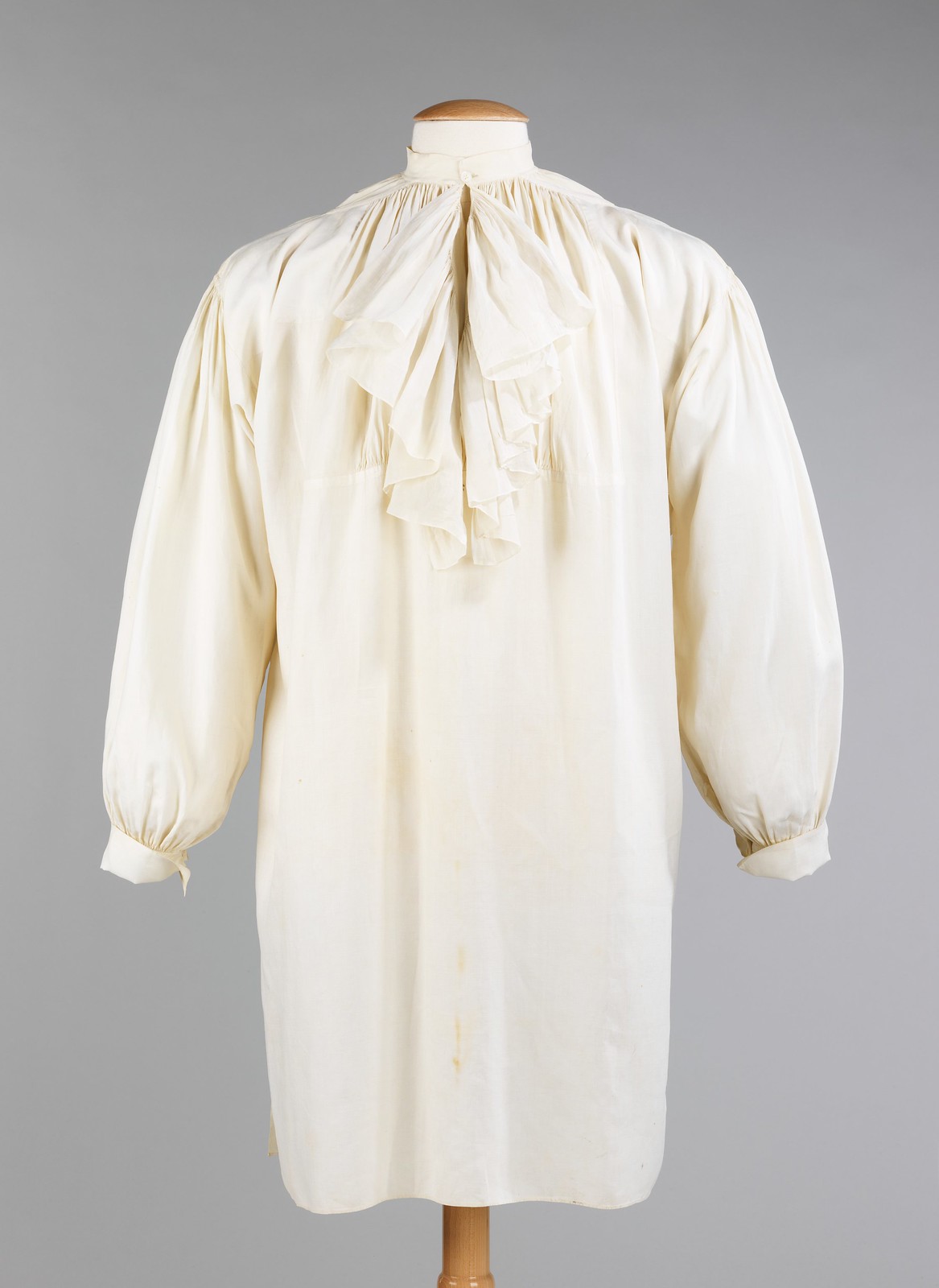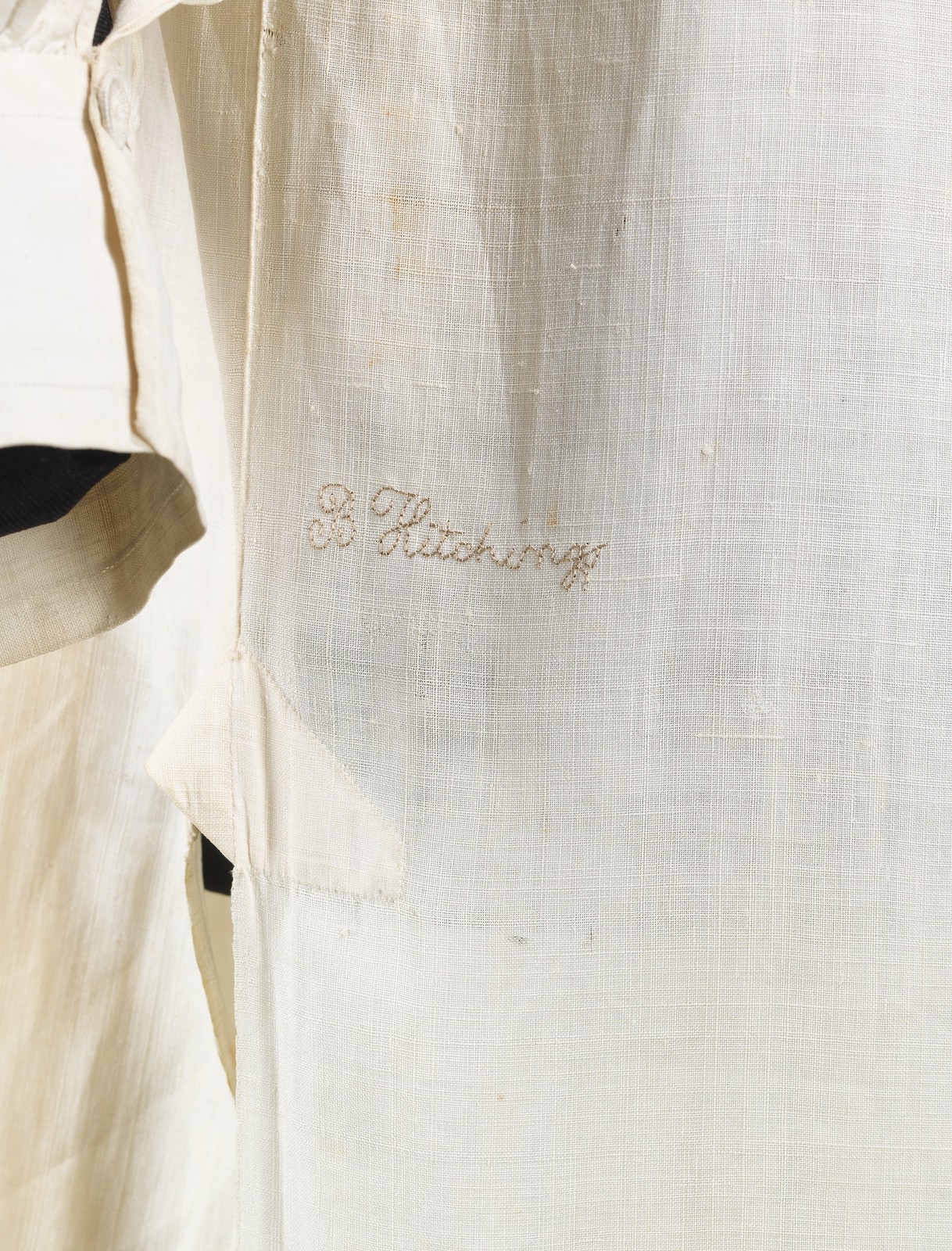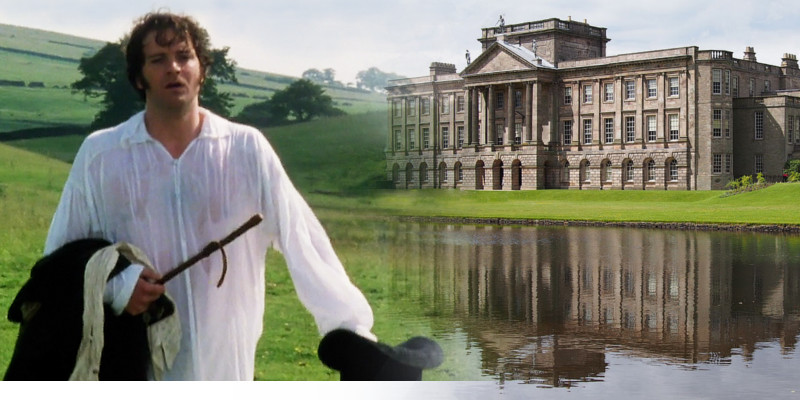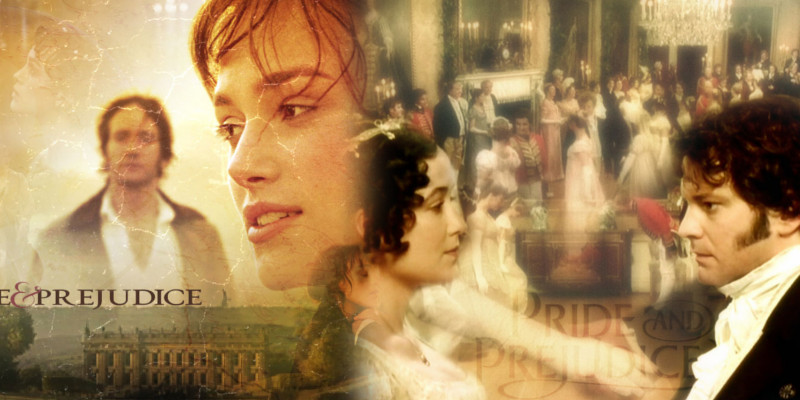In the 1995 BBC rendition of Pride and Prejudice, Colin Firth’s portrayal of Mr. Darcy includes a notable cream linen shirt. This attire takes center stage in a celebrated scene where Darcy emerges drenched from the Pemberley pond, coincidentally crossing paths with Elizabeth Bennet. Regarded as one of the most iconic moments in British television history, this particular sequence has etched itself into the collective memory of viewers.
The famous Regency period shirt turned British actor Colin Firth into an international heartthrob virtually overnight.

The following image connects you with Amazon and contains an Affiliate link, which means we may earn a small commission from qualifying purchases. Thanks for supporting our work.
Considered by many to be the definitive adaptation of Pride and Prejudice, the 1995 BBC/A&E co-production is one of the most successful period dramas ever created.
And it’s not hard to see why: superlative acting, attention to detail in costume and sets, and faithfulness to Jane Austen’s 1813 novel … that is, except for one scene—the Lake Scene.
Although absent from Jane Austen’s novel, the Lake Scene has garnered adulation the world over from an army of fans, and spawned a host of imitations, including this reenactment by Benedict Cumberbatch for charity.
Benedict Cumberbatch becomes Mr.Darcy for #giveupclothes by @jasonbellphoto a partnership with @TKMaxx_UK and @CR_UK pic.twitter.com/czBkVEMem0
— DundasCommunications (@DundasComms) September 16, 2014
It’s one thing to see Colin Firth donning a wet shirt clinging to his well-honed physique in today’s context, but from the perspective of the early 1800s, what we’re really looking at is Darcy in his underwear. Prior to the 20th century, shirts were worn as undergarments. Not until the seventeenth century were men’s shirts allowed to show; but when they did, it carried the same suggestive undertone as visible underwear today. And as late as 1879, a shirt with nothing over it was considered improper.
Did you know?
It was quite common for men of the eighteenth century not to wear any underpants. Shock, horror! They relied instead on the long tails of their undershirts and on lining sewn into their breeches to perform the same function as drawers.
Showing the typical cut of the late 18th century, this finely finished shirt has gussets below the arm for freedom of movement and a shoulder gusset for a better fit through the neck and chest. Approximating the shape of the body, it allowed for more fullness at the front without adding bulk at the waist.


Created from linen fiber in 1816 by Elizabeth Wild Hitchings for her husband Benjamin Hitchings, a sea captain. Hand-stitching shirts for the family was common practice for wives or servants prior to about the mid-19th century. Elegant stitching was a hallmark of the care taken prior to the widespread use of the sewing machine.



References
- Some Thoughts on Men’s Shirts in America, 1750-1900 by William L. Brown III The History of Underclothes by C. Willett and
- Phillis Cunnington What Clothes Reveal: The Language of Clothing in Colonial and Federal America by Linda Baumgarten






